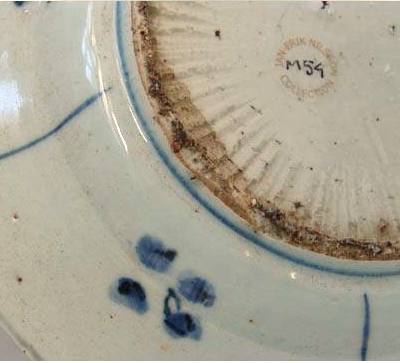
Chatter marks typically occurs on pieces from first half of the 17th century date. In the antiques trade, this feature was traditionally considered significant of the Ming dynasty, Tianqi period (1621-27).
From the time span during which it occurs it would seem as the feature came and went with one generation of potters. The feature coincides with the increased porcelain production - and its simultaneous reduction in quality - at the end of the Ming dynasty but might not be the only or even a correct explanation.
At this time potters were moving between locations and probably kilns. There were also an increase in private trade to new markets. To Europe through the newly arrived Portuguese, and later to Japan, private and via the Dutch merchants.
I am not aware of any academic paper that has dealt with specifically this aspect.
Technically these radiating marks are caused by the vibrations of the potters tool used to create the foot rim by thinning out the base of a porcelain item. The marks are regarded as a sign of authenticity on late Ming period export porcelain pieces and can sometimes only faintly be perceived under a clear glaze. In the cases where the bases have been left unglazed, the chatter marks can be seen clearly.
This feature can be found on fakes, but are in those cases often made by scraping, cutting or impressing radiating lines in a manner that is obviously not caused by an accidentally vibrating tool.
A